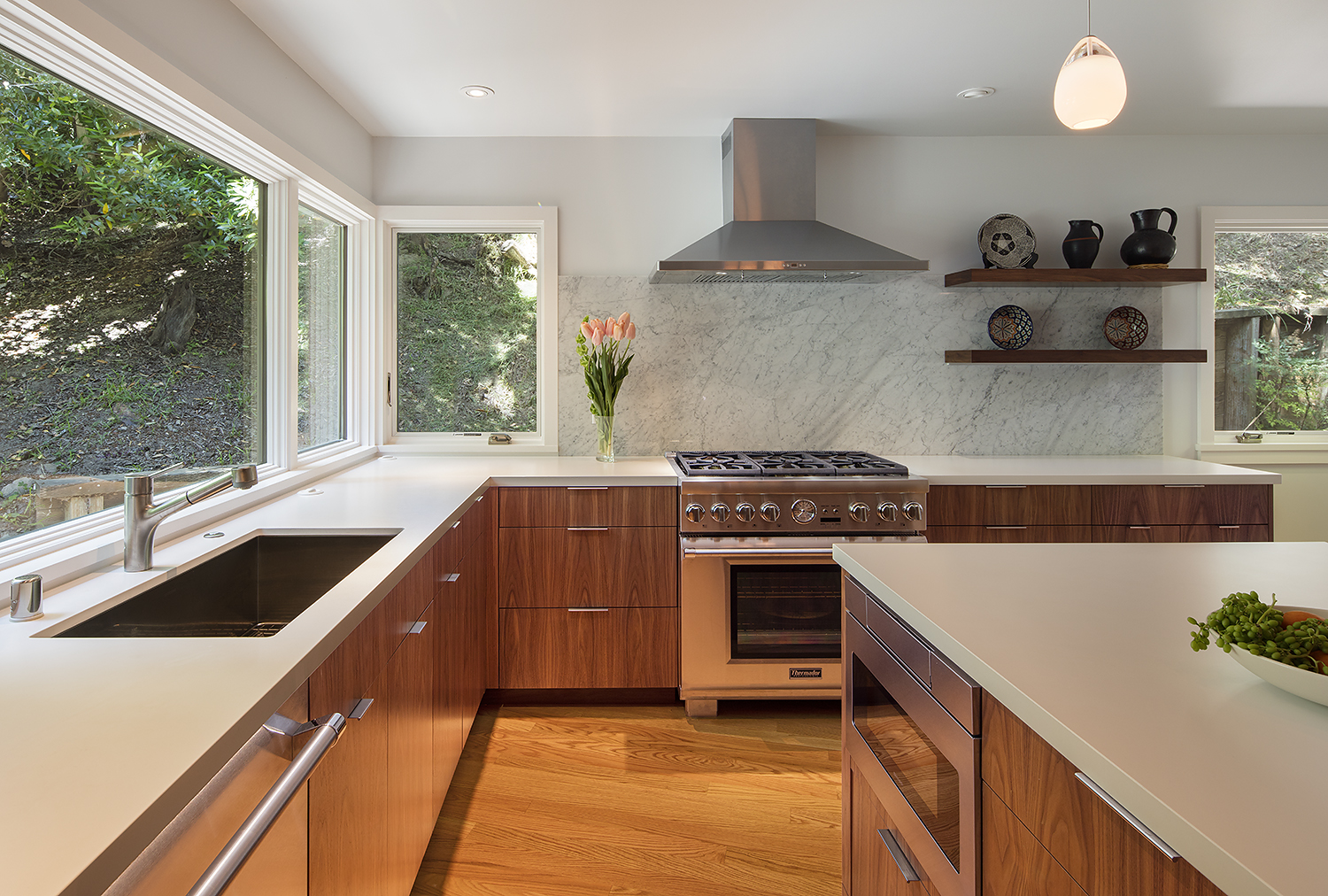Home Makeover on a Schedule: How to Plan Optimally

Preparing a culinary area remodeling can seem like a overwhelming task, but with the appropriate strategy, it can be a fulfilling process that transforms your home. If you're looking to refresh a tight area or design a timeless design that meets your family's requirements, knowing how to handle the renovation journey is key. In this article, we will discuss important phases to effectively plan your kitchen renovation on a schedule, ensuring that you optimize both effectiveness and pleasure throughout the experience.
From establishing a feasible cost estimate to choosing the right design and materials, there are many factors to think about. We will present the definitive guide to planning a kitchen remodeling, diving into key issues such as the signs it’s the right moment for a remodel, DIY versus hiring a specialist, and decor concepts that illustrate current trends. Whether your goal is to improve practicality with smart storage solutions or to create a beautiful environment that's the center of your home, this overview will provide the knowledge you need to make wise judgments and prevent common mistakes. Be prepared to turn your kitchen visions into truth.
Managing Your Kitchen Renovation
When preparing for a kitchen renovation, establishing a budget is essential for ensuring that the project stays on track in terms of cost. Begin by deciding on the total amount you are able to invest, and be realistic about your financial situation. Consider all potential costs, including supplies, labor, permits, and unexpected expenses. It's wise to allocate an additional 10 to 20 percent of your budget for contingencies, as renovations often involve unexpected events that can affect costs.

Then, prioritize the elements of your kitchen that matter most to you. Identify essential upgrades versus optional changes, and allocate your budget proportionately. For instance, if energy-efficient appliances are a priority, you may need to cut back on other areas like custom cabinetry or luxury finishes. Consider areas where you can save, such as choosing prefabricated materials instead of bespoke options, which can significantly lower overall costs while still achieving a stylish look.
Finally, consider how to achieve your renovation goals within your budget. Look into DIY options for tasks like painting or installing simple fixtures to decrease labor costs. Take advantage of resources like discounts, bargain outlets, and thrift stores for materials and appliances, making sure you keep quality in mind. By strategically managing your budget and exploring innovative solutions, you can successfully navigate your kitchen renovation journey without overspending.
Trends in Design and Styles
In the past few years, kitchen design has transformed to embrace a cohesive blend of usability and design. One prominent trend is the adoption of open-concept layouts that foster engagement. This design creates a fluid transition between culinary and entertaining spaces, enabling it simpler for families and guests to connect with eachone. Such spaces often feature generous islands that serve as both a cooking area and a social hub, enhanced by visually appealing materials like quartz or wood countertops.
Color combinations also play a vital role in defining modern kitchens. Subdued colors with splashes of striking colors are gaining favor, allowing for customization without distracting from the space. Tones like rich greens, rich blues, and warm yellows can invigorate the kitchen while complementing natural elements such as timber and rock. This trend towards incorporating color not only adds personality but also reflects the homeowner's personality, making the kitchen a true embodiment of their aesthetic.
Green design is a significant theme in modern kitchen makeover. As more homeowners seek eco-friendly solutions, features like low-energy appliances and ecologically responsible materials have gained prominence. Using reclaimed wood for cabinetry or adding energy-efficient lighting has become typical for those looking to reduce their environmental impact. Additionally, incorporating plants and natural elements, such as living herb walls, introduces an organic touch to the kitchen, making it a more inviting and wellness-oriented environment.
Determining the Appropriate Components and Devices
Selecting the appropriate components for your kitchen renovation can substantially impact both the aesthetics and functionality of the space. Take into account the long-lasting nature and maintenance requirements of materials such as surface materials, cabinets, and floor surfaces. For example, engineered stone countertops are known for their resilience and minimal maintenance, making them a popular choice for busy kitchens. In try this out , select cabinetry that not only matches your style but also withstands wear and tear. Tailor-made cabinets can offer a perfect fit and individual design, while pre-fabricated options might save you both time and money.
When it comes to devices, power efficiency should be a focus. Seek out appliances with the Energy Star tag, as these can help you cut back on utility bills and minimize your overall carbon footprint. Smart appliances are also gaining trendy, merging technology with ease of use, but consider the cost against your financial plan and needs. Assess your cooking habits and select appliances that fit your lifestyle, whether it's a powerful oven for passionate cooks or a mini refrigerator for a smaller kitchen.
Lastly, don't neglect the impact of illumination and fittings in your kitchen. Choosing the right lighting can aid set the mood and enhance the usability of your space. Hanging lights over an island or recessed lighting for uniform illumination can make a big difference. In addition, choose faucets and other fittings that complement your design while providing functionality. Evaluate finishes that are both elegant and resilient, ensuring that your kitchen remains not only visually pleasing but also practical for an extended period to come.
